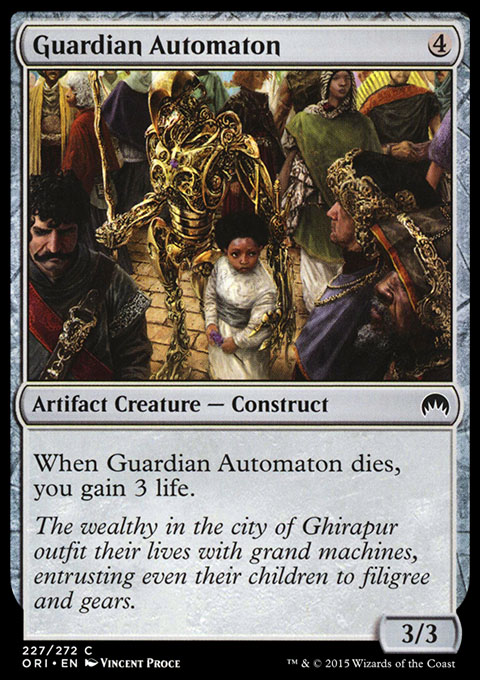
Business sees a clear productivity gain in the reduction of time spent travelling and chatting in offices. The proportion of working adults who did any work from home grew from 27% in 2019 to 37% last year on average, with Londoners the most likely to work remotely. We need always to have in mind what purposes it is designed to serveįinally, increased home working will demand increased use of surveillance technology. The first Amazon Fresh convenience store (with automated sensors to detect when items are taken from shelves and which automatically charge customers) opened in London in March, promising a more “frictionless” consumer experience. One symptom is the rise in cashierless stores. This is the joint result of a change in habits forced by lockdown and fear of contamination. The second source of automation will come from the consumer switch to remote shopping.

Unless the government intervenes to subsidise investment (say, through a national investment bank) the financing of automation will be brought about through a further concentration of industry in large firms and the bankruptcy of many small and medium-sized enterprises. Jobs with higher levels of physical proximity, such as retail, hospitality, leisure and medical care, are the most likely to be automated post-pandemic. We now have the paradoxical combination of a near-record adult employment rate together with the highest ever job vacancy count.Ĭovid-19 is almost certain to accelerate automation in line with the experience of past pandemics such as Sars in 2003, with the driving forces being economic recession and the need to cut labour costs, and the perceived increased risk of human contact. However, this supply has dried up, and will not be rapidly restored. The main reason, I think, was that cheap labour from abroad was an alternative to automation, especially for small- and medium-sized enterprises that could not afford the capital cost of installing machinery. According to the International Federation of Robotics in 2018, the UK had only 71 robots to 10,000 workers. The first is the likely speed-up in automation the second, the increase in automatic shopping and the third, the growth of home working.ĭespite all the hype, automation made little progress in the UK before the pandemic. The interesting question right now is: what effect will the Covid-19 lockdown have on this automation discourse? Three effects in particular are worth noticing. The political debate is about how much public intervention is needed to ensure that the wealth created by machines trickles down to all sections of the population. The problem is social: to ensure that the fruits of increased productivity are passed on to the mass of the people in the form of higher wages and non-work income. The economic argument is straightforward: “Higher productivity implies faster economic growth, more consumer spending, increased labour demand, and thus greater job creation,” Sir Christopher Pissarides and Jacques Bughin argued in their 2018 paper. Again, say the optimists, they fail to notice the upside. Modern luddites foresee the growth of white-collar and service-sector unemployment.

With computer technology, not just physical work, but so-called “cognitive” work can be automated. The fear of unemployment, say economists, is really a displaced fear of leisure. One can see then, how the spread of mechanisation to all branches of industry can multiply favourable effects: more people employed producing more and varied goods at higher wages for reduced effort. The cheaper it is to produce something, the more demand there will be for it. The second case involves taking into account repercussions.


 0 kommentar(er)
0 kommentar(er)
